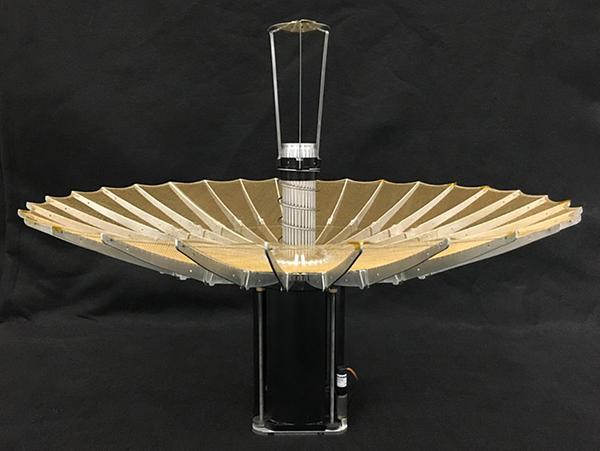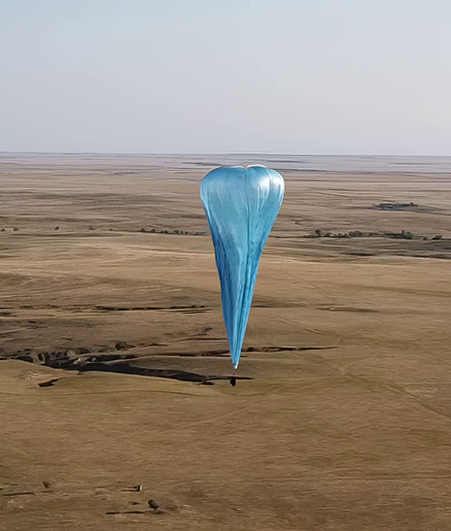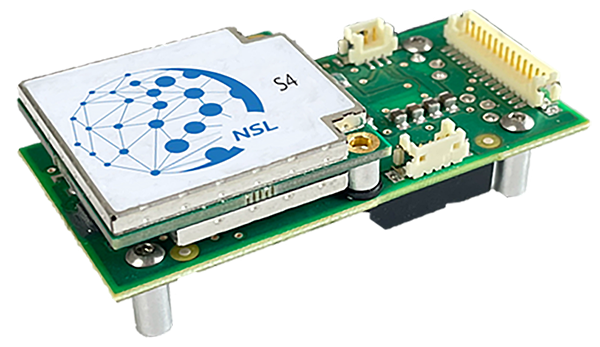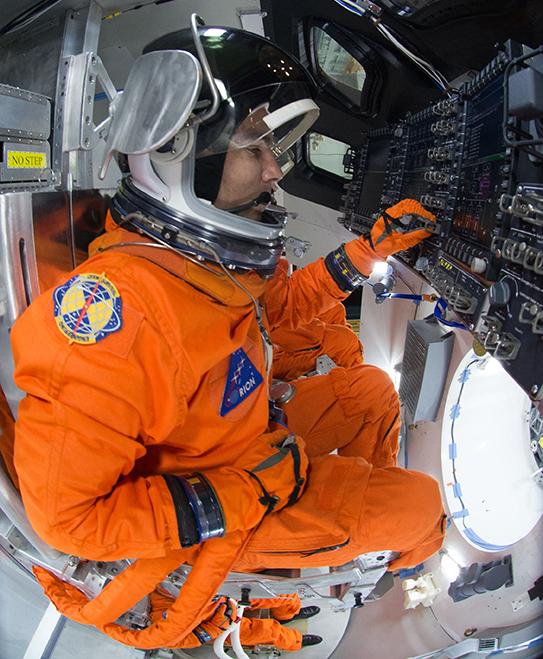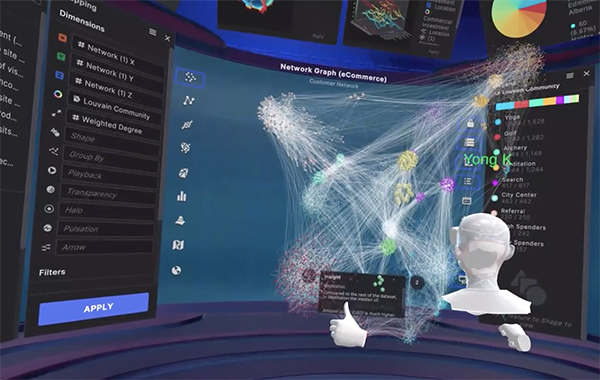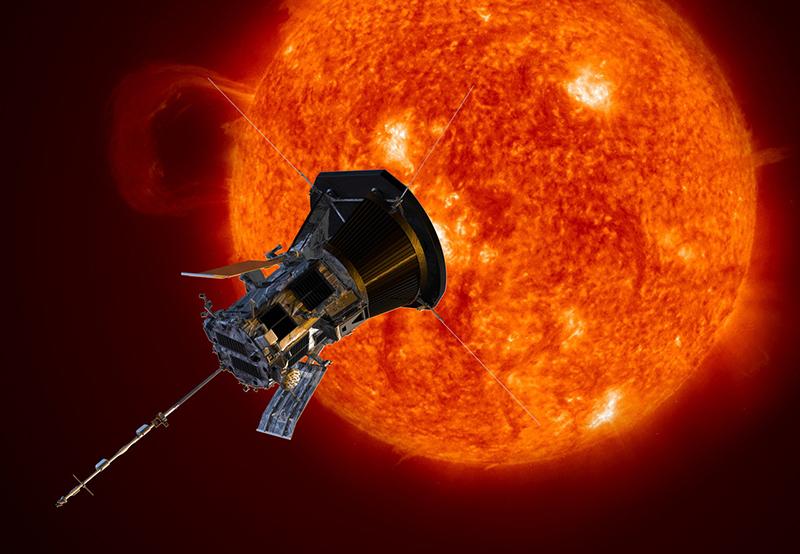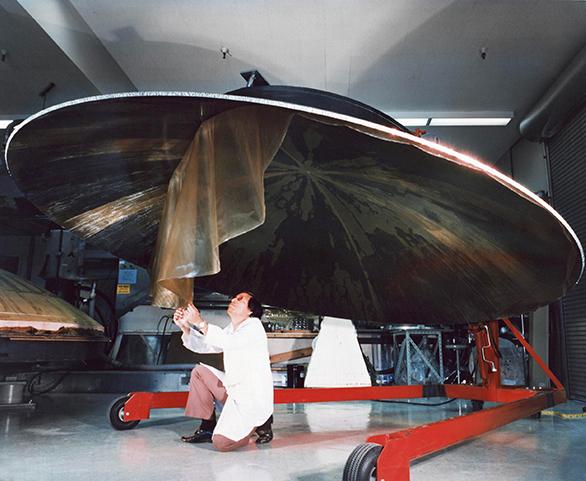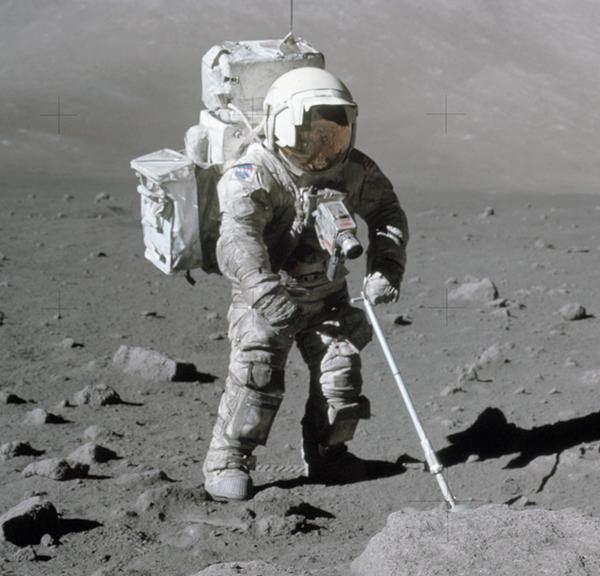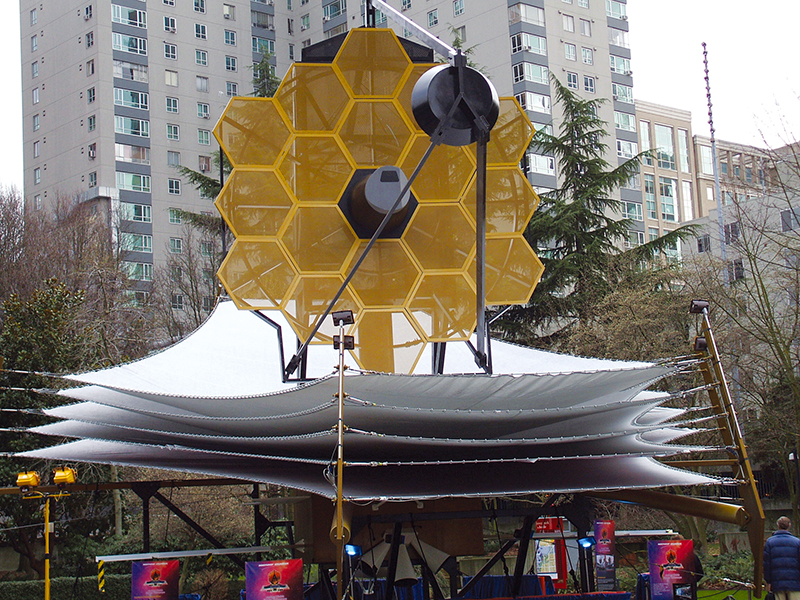
Integrated Circuit Chip Improves Network Efficiency
Originating Technology/NASA Contribution
Prior to 1999 and the development of SpaceWire, a standard for high-speed links for computer networks managed by the European Space Agency (ESA), there was no high-speed communications protocol for flight electronics. Onboard computers, processing units, and other electronics had to be designed for individual projects and then redesigned for subsequent projects, which increased development periods, costs, and risks. After adopting the SpaceWire protocol in 2000, NASA implemented the standard on the Swift mission, a gamma ray burst-alert telescope launched in November 2004. Scientists and developers on the James Webb Space Telescope further developed the network version of SpaceWire.
In essence, SpaceWire enables more science missions at a lower cost, because it provides a standard interface between flight electronics components; new systems need not be custom built to accommodate individual missions, so electronics can be reused. New protocols are helping to standardize higher layers of computer communication.
Goddard Space Flight Center improved on the ESA-developed SpaceWire by enabling standard protocols, which included defining quality of service and supporting plug-and-play capabilities. Goddard upgraded SpaceWire to make the routers more efficient and reliable, with features including redundant cables, simultaneous discrete broadcast pulses, prevention of network blockage, and improved verification. Redundant cables simplify management because the user does not need to worry about which connection is available, and simultaneous broadcast signals allow multiple users to broadcast low-latency side-band signal pulses across the network using the same resources for data communication. Additional features have been added to the SpaceWire switch to prevent network blockage so that more robust networks can be designed. Goddard’s verification environment for the link-and-switch implementation continuously randomizes and tests different parts, constantly anticipating situations, which helps improve communications reliability. It has been tested in many different implementations for compatibility.
According to Goddard’s Glenn Rakow, SpaceWire development lead, Goddard’s SpaceWire implementation offers many advantages over other protocols. “It’s very basic and simple, which translates to reliable implementations and flexibility for system engineers to meet a wide range of applications,” said Rakow. Unlike Ethernet networks with pre-set link rates (10MHz, 100MHz, and 1GHz), SpaceWire helps save power and improve speed by offering variable link rates with a simple clock-recovery scheme. In addition, it provides lower packet overhead and a smaller implementation, and it provides the ability to multiplex traditional discrete signals onto the same cable.
Partnership
Headquartered in Rockville, Maryland, BAE Systems Inc. is a global company engaged in advanced electronics for aerospace systems. In order to bridge existing space electronics and Goddard’s new SpaceWire design, the Agency formed a technology transfer partnership with the defense company in 2002 for the first-generation SpaceWire-based application-specific integrated circuit (ASIC) chip. Goddard integrated the first-generation SpaceWire ASIC on the geostationary operational environmental satellites R Series spacecraft, Advanced Baseline Imager, and NASA’s Lunar Reconnaissance Orbiter single-board computer.
Goddard and BAE Systems collaborated again in 2006, when BAE Systems integrated the SpaceWire design into a new ASIC for the radiation-hardened RAD750 single board. BAE Systems sought consultation from Goddard innovators to build a new ASIC incorporating the new SpaceWire implementation.
Goddard researchers and the Innovative Partnerships Program (IPP) team helped BAE Systems develop a benefits statement, statement of work, and a schedule for a Space Act Agreement. Because of its partnership, Goddard helped BAE Systems meet the tight ASIC design schedule. Rakow and the team at Goddard also provided technical support to BAE. According to Rakow, the collaboration between BAE Systems and Goddard is working well: “Industry has expertise that NASA doesn’t have and vice versa, and that exchange will benefit the SpaceWire standard.”
Product Outcome
The new BAE Systems ASICs are comprised entirely of reusable core elements, many of which are already flight-proven; they also incorporate a four-port SpaceWire router with two local ports, dual PCI bus interfaces, a microcontroller, 32KB of internal memory, and a memory controller for additional external memory use. The ASIC decreases the part count, overall communication system complexity, ongoing costs, and power requirements for the system’s board while improving speed and reliability.
The SpaceWire-based ASIC appeals to commercial, military, and government aerospace customers because of its easy integration into onboard systems. Other industry SpaceWire implementations require multiple support chips rather than the single ASIC approach. Various aspects of SpaceWire illustrate its adaptability: Systems administrators can configure the ASIC according to the number of serial and local ports, while incorporating features from different systems. The ASIC is also available as a standalone chip for users to incorporate in their designs.
Goddard and BAE Systems continue to pursue ways to capitalize on their combined strengths. In 2008, new plans are underway to expand the current four-port SpaceWire ASIC to an eight-port implementation with an eye toward 2010 to rollout this design.
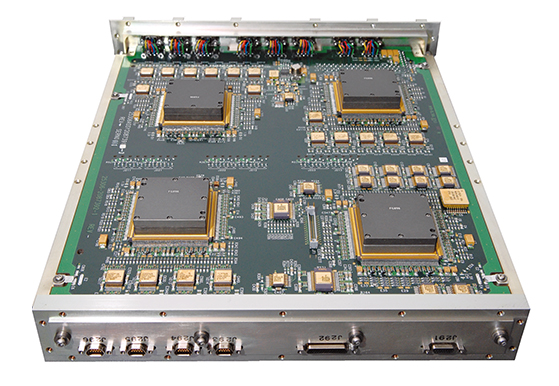
Goddard’s SpaceWire offers the flexibility to meet a wide range of applications; it offers variable link rates, lower packet overhead, and provides the ability to multiplex discrete signals onto the same cable.
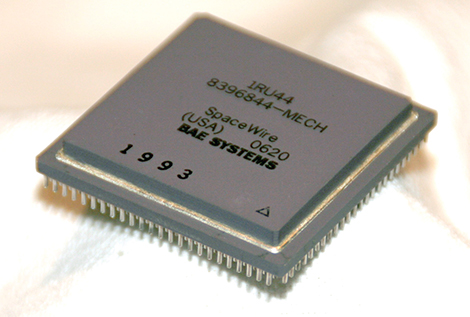
Goddard and BAE Systems collaborated on a SpaceWire-based application-specific integrated circuit (ASIC) chip.

After adopting SpaceWire in 2000, NASA scientists and developers improved the network version of SpaceWire for the James Webb Space Telescope (shown here as a scale model).





